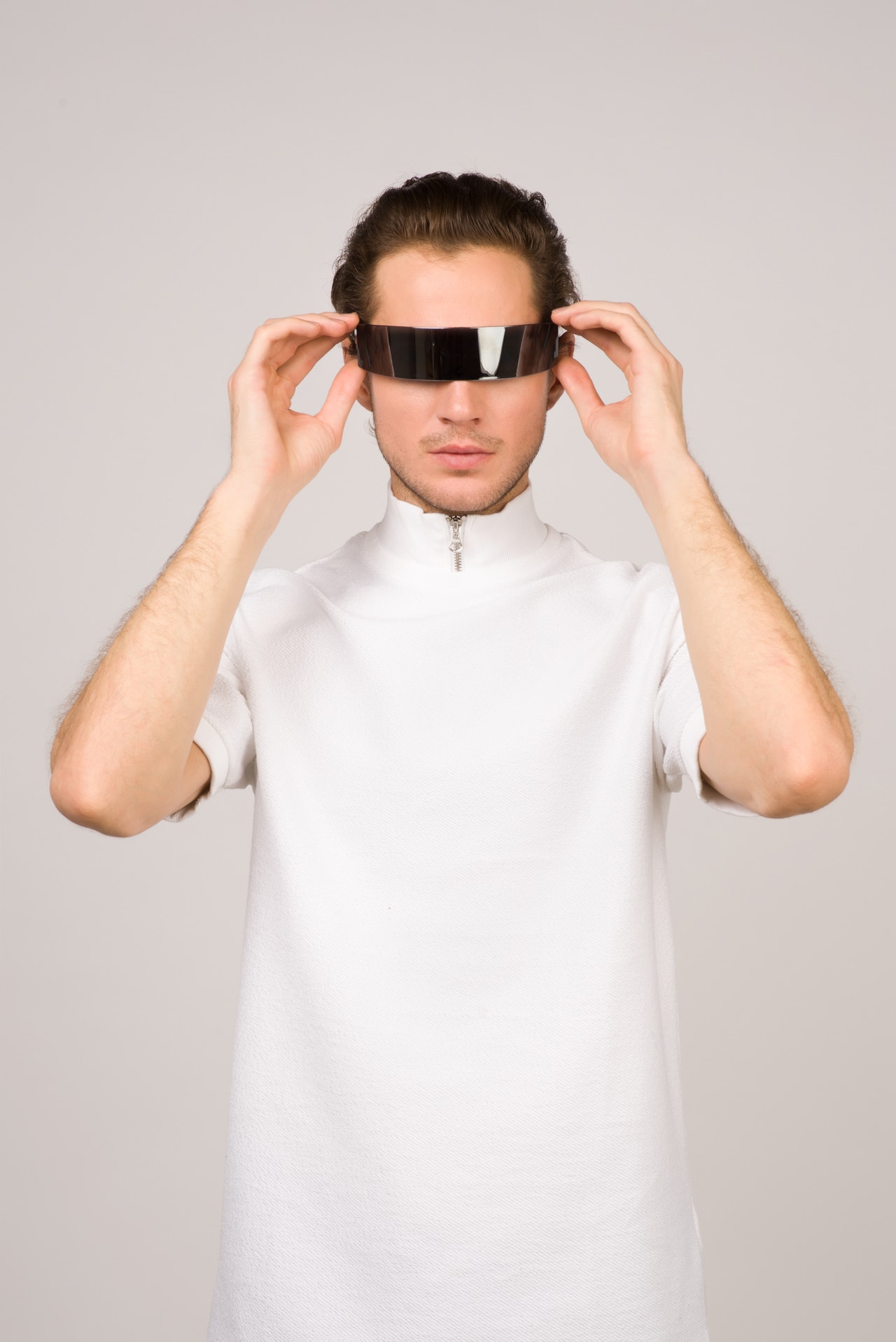Augmented reality is a term used to describe any situation where the environment is improved through the use of information overlays. In other words, augmented reality describes anything that is made better through the use of information overlay technology. Augmented reality is rapidly changing how we use technology in our daily lives. As the process develops and becomes more refined, there are likely to be many new applications for augmented reality technologies.
Augmented reality is a term that has been around for quite some time but only recently has it started to be used to describe a real-life experience. The first steps in this journey were taken with digital information overlays on digital displays. In recent years, augmented reality has taken its next step forward with the development of augmented reality software and has many positive sides.
When it was introduced a few years ago, the concept was relatively simple. A user could look at an image on the screen, and through the use of hand gestures or other motions, he could “scan” the image to turn the image into a virtual object. A similar system, called VuMetrex, was later introduced with the intent of allowing veterinarians to provide virtual assistance to patients in physical conditions that would not allow them to normally treat their patients.
Initial applications of augmented reality
While the initial applications of augmented reality were largely successful, the need for qualified personnel in training, diagnosing, and treating physical ailments soon arose. This meant that the idea of using virtual images instead of actual ones to create diagnoses became an important consideration. In addition, software engineers soon became interested in creating augmented reality software that would allow doctors to take accurate digital pictures of actual physical organs or tissues from a patient’s body. Within a few short years, the field had blossomed into an entire industry, encompassing a range of specialized technologies. While the primary focus of these software programs was to make diagnoses more accurate, they also allowed doctors to perform surgery or conduct laboratory analysis using data obtained from digital information.

The field has come a long way since its inception. In an effort to determine what is augmented reality, I conducted a number of searches in Google. The top three results each time were news articles about augmented reality: how it works, what it can be used for, and what its impact might be on the medical field. Google didn’t offer a lot of detail; their only description of the technology was that it overlays digital information on the real world. As you can imagine, this provides a rather foggy picture of just what is augmented reality.
What is augmented reality?
In order to have a clear understanding of what is augmented reality, it would probably be useful if we could have some sense of what augmented reality is not. Perhaps the most important distinction is between using the information found in the Hololens and actually “seeing” the world through the Hololens. There is currently no way to mix the two, but that may change in the future.
In the second place, I investigated what is not to be done with the Hololens. While I understand that many researchers believe that augmented reality can be used in much the same way as hand-held monocular cameras or even mobile phones with digital cameras, it seems that future versions of the halogens will do much more than merely allow you to see the outside world. I looked for information about applications and uses for the halogens such as safety school activities, environmental training, surveillance, outdoor activity monitoring, outdoor hobbyist activities, real-time surveillance, military exercises, weapon training, law enforcement training, surveillance of the general public, and real-time negotiations, among other uses. It seems that there may be some potential applications beyond those that I investigated, but for the purposes of this article, we’ll stick to what is known.
From what I observed, the most likely applications of the Hololens, if any, lie in three areas. First, we can already see applications that involve the environment, such as remote assistance, surveillance, and environmental training. Second, we can already see AR applications that involve interaction with a human’s physical environment, such as in law enforcement training, weapon training, and environmental monitoring. And third, it seems that some form of augmented reality could find its way into the automobile manufacturing arena, as well as possible military applications.
